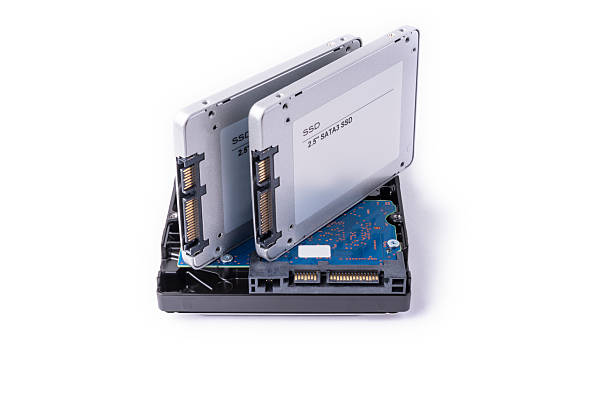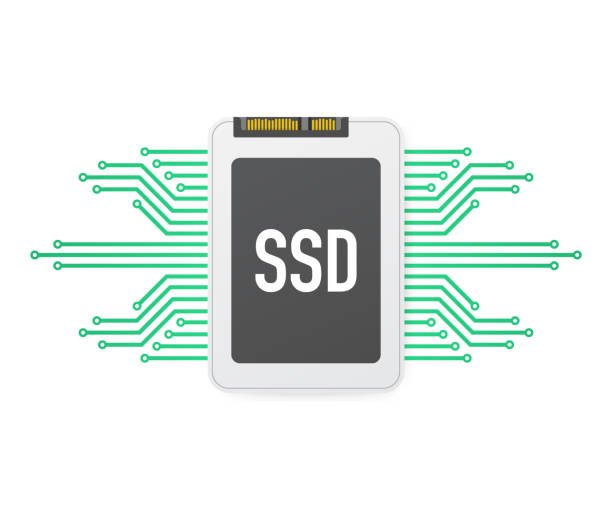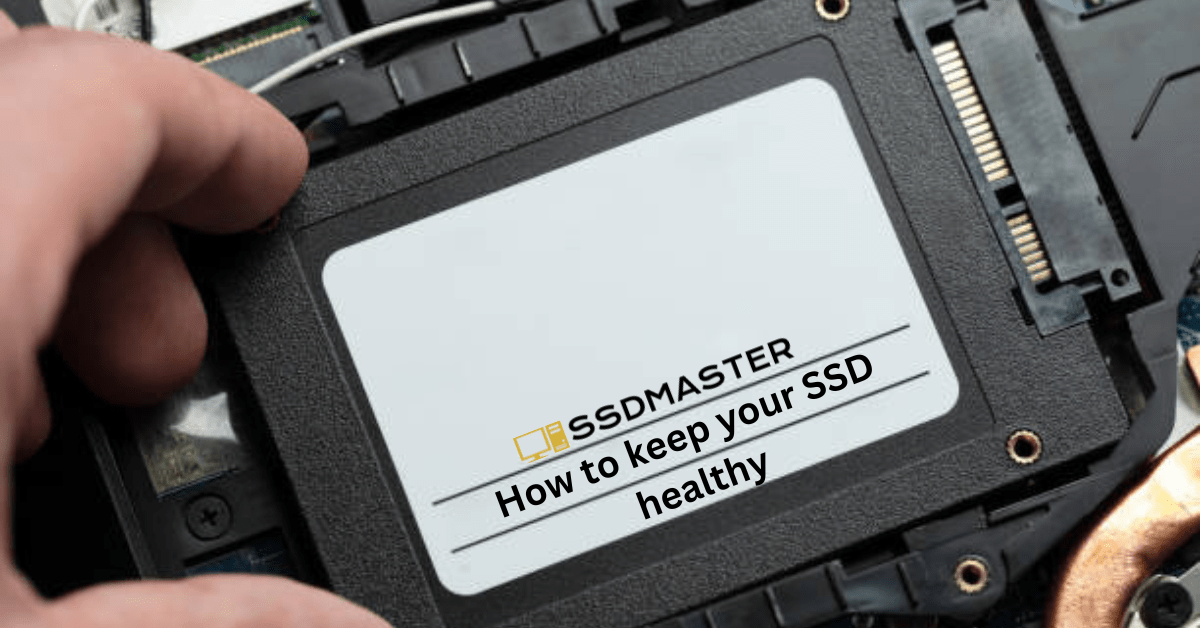It is possible for SSD consume more power than hard disk drives (HDDs) under certain circumstances. The exact power consumption of a solid state drive (SSD) can vary depending on a number of factors, including the specific make and model of the drive, the type of usage it is subjected to, and the efficiency of the system it is installed in. In general, SSD consume lower power than hard disk drives (HDDs) when they are idle, but they may use more power when actively or continuously reading and writing data.
Startup efficiency
An SSD definitely consume less power than an HDD due to start up efficiency. For example, if you are someone who replaces their mechanical Hard Disk Drive (HDD) with a Solid State Drive (SSD), you’ll notice that actual power consumption will double. What you need to do is make sure that you configure the power settings of the OS to shut the drive down after a single minute. This is perfectly doable from a user’s experience stand point because the next time drive access is required, the SSD can be back online in a matter of seconds instead of the 15–30 seconds that it takes for a mechanical drive to re-initialize.
What this means is that a mechanical HDD will cost you more power in the long run, because a user tends to keep the mechanical HDD running for a longer period of time before shutting down, due to the significantly long lag that exists for restarting a mechanical drive. Note: the NVMe SSD consumes less power than SATA SSD.
How much does ssd consume power?

And simple mathematics show that an SSD is going to be more power-efficient. For example:
Let’s say you have a HDD that is 5V 600mA and runs for about 45 minutes for every hour of operation. To calculate power consumption (P), you use the formula P = V * I : ( I=current, V=voltage)
V = 5
I = 0.600
P = 5 * 0.600 = 3 watts
If the HDD only runs for about 45 minutes out of an hour, this is 75 percent of the time.
3 * .75 = 2.25 watts
That means the HDD consumes 2.25 watts of power, for each hour.
To contrast, an SSD that is 5V 1000mA and runs for about 10 minutes for every hour of operation.
V = 5
I = 1
P = 5 * 1 = 5 watts
If the SSD only runs for about 10 minutes for every hour of operation, this is 1/6th of the time.
5 / 6 = .833 watts
That means the SSD consumes .833 watts of power, for each hour.
That means, depending on the way you use your laptop or desktop machine, an SSD can save you more than 225% in power.
How exactly HDD and SSD consume power
Hard Drive Power Consumption According to google
| Solid State Drive SSD | 0.6 to 2.8 W |
|---|---|
| 2.5″ Hard Disk Drive HDD | 0.7 to 3 W |
| 3.5″ Hard Disk Drive HDD | 6.5 to 9 W |
Does SSD consume a lot of power?
The simple answer is SSDs consume significantly less power than HDDs. Because SSDs does not have any moving parts. That’s makes the SSD more power efficient than HDD.
Best power efficient SSD


Conclusion
Overall, SSDs are generally considered to be more energy efficient than HDDs, but the exact power consumption of a particular SSD will depend on its specific design and usage patterns. Some SSDs are designed with power efficiency in mind and may have features such as power-saving modes that can help to reduce their power consumption. It is worth noting that the power consumption of an SSD can also be affected by external factors such as the efficiency of the system it is installed in and the temperature of the environment it is operating in.



